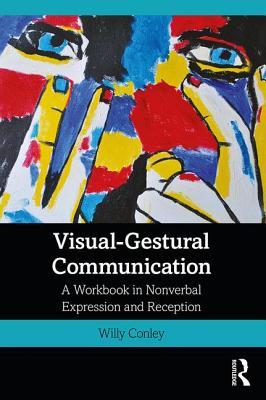Visual-Gestural Communication is a truly unique volume in non-language communication devoted to the study of universal gestures, facial expressions, body language, and pantomime. Readers develop the skill and confidence to interact -- sans shared language -- with individuals, such as someone who is deaf or hard of hearing, or who speaks a foreign language. The text and accompanying online resources feature a wealth of icebreakers, sequenced yet modular activities and assignments, as well as resources, student exercises, and teacher-guided tasks that explore aspects and amalgamations of nonverbal communication, theatre, and sign language. It is a tremendous resource for students of visual-gestural communication, sign language interpretation, American Sign Language (and other foreign sign languages), nonverbal communication, theatre, and performance studies, as well as community educators in deaf awareness and advocacy. In addition to the text's vital use in the theatrical arena, it is also applicable to teachers who wish to help their students maximize the use of their facial expressions, gestures, and body language as a prerequisite to learning ASL.

Visual-Gestural Communication: A Workbook in Nonverbal Expression and Reception
Visual-Gestural Communication is a truly unique volume in non-language communication devoted to the study of universal gestures, facial expressions, body language, and pantomime. Readers develop the skill and confidence to interact -- sans shared language -- with individuals, such as someone who is deaf or hard of hearing, or who speaks a foreign language. The text and accompanying online resources feature a wealth of icebreakers, sequenced yet modular activities and assignments, as well as resources, student exercises, and teacher-guided tasks that explore aspects and amalgamations of nonverbal communication, theatre, and sign language. It is a tremendous resource for students of visual-gestural communication, sign language interpretation, American Sign Language (and other foreign sign languages), nonverbal communication, theatre, and performance studies, as well as community educators in deaf awareness and advocacy. In addition to the text's vital use in the theatrical arena, it is also applicable to teachers who wish to help their students maximize the use of their facial expressions, gestures, and body language as a prerequisite to learning ASL.